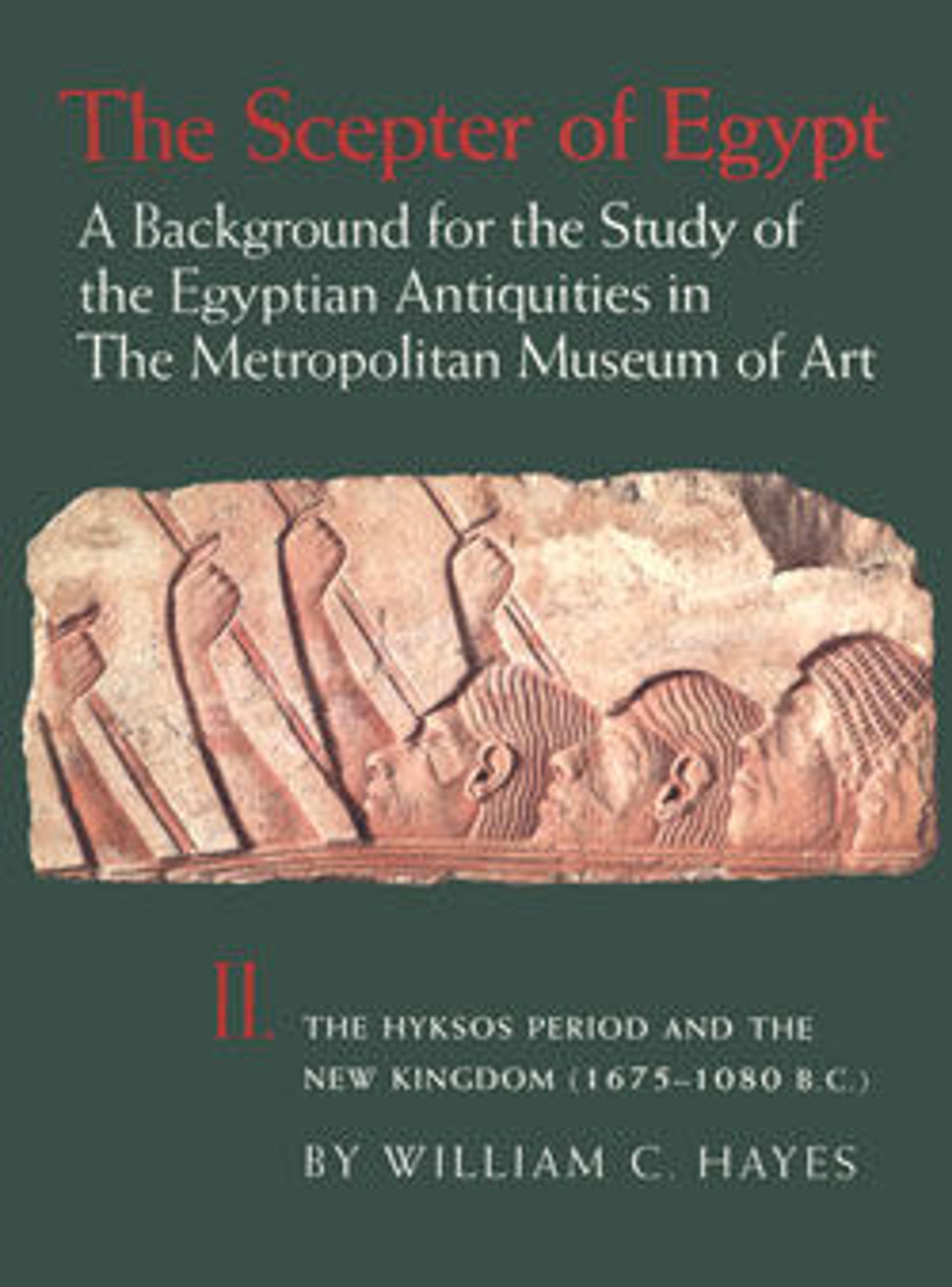Head from an Osiride Statue of Hatshepsut
There were ten tall niches In the westernmost wall of the upper court of Hatshepsut temple, five on each side of the entrance to the main sanctuary. Inside these niches were mummiform images of Hatshepsut carved in high relief. The southern figures probably wore the white crown of Upper Egypt and the northern ones probably wore the double crown, like this example.
Artwork Details
- Title:Head from an Osiride Statue of Hatshepsut
- Period:New Kingdom
- Dynasty:Dynasty 18
- Reign:Joint reign of Hatshepsut and Thutmose III
- Date:ca. 1479–1458 B.C.
- Geography:From Egypt, Upper Egypt, Thebes, Deir el-Bahri, face from "Hatshepsut Hole"/rest from Senenmut Quarry, MMA excavations, 1922–23/1926–28
- Medium:Limestone, paint
- Dimensions:H. 124.5 cm (49 in)
- Credit Line:Rogers Fund, 1931
- Object Number:31.3.157
- Curatorial Department: Egyptian Art
More Artwork
Research Resources
The Met provides unparalleled resources for research and welcomes an international community of students and scholars. The Met's Open Access API is where creators and researchers can connect to the The Met collection. Open Access data and public domain images are available for unrestricted commercial and noncommercial use without permission or fee.
To request images under copyright and other restrictions, please use this Image Request form.
Feedback
We continue to research and examine historical and cultural context for objects in The Met collection. If you have comments or questions about this object record, please contact us using the form below. The Museum looks forward to receiving your comments.
